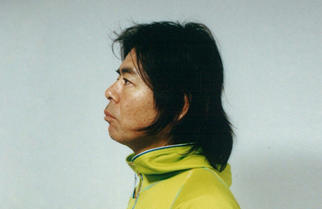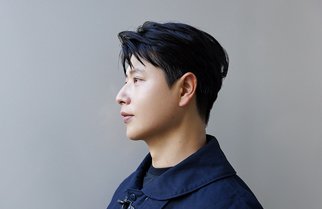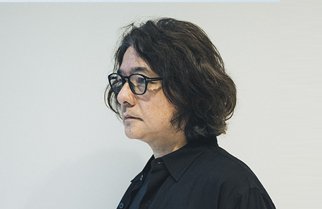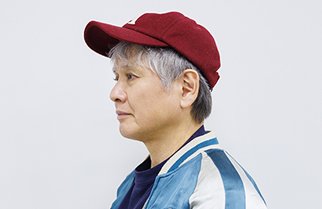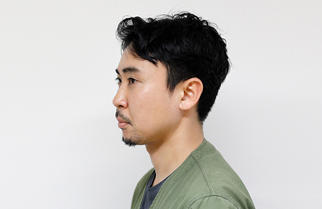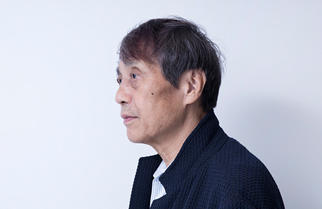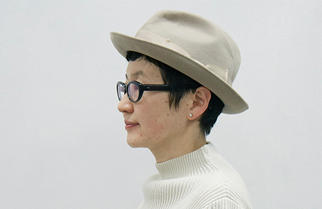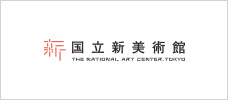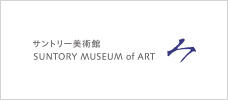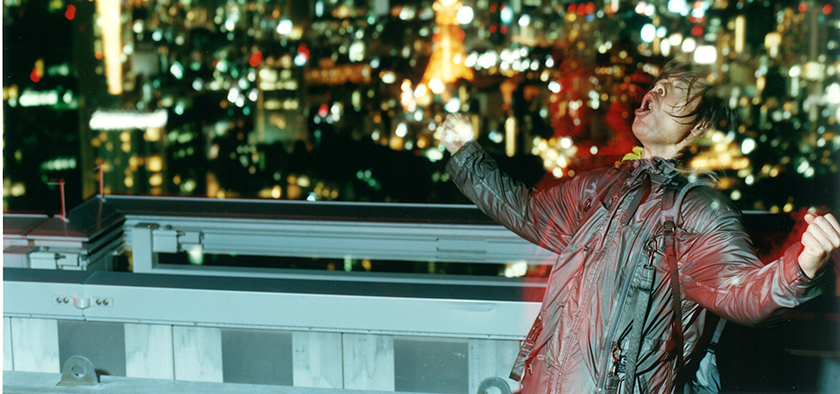
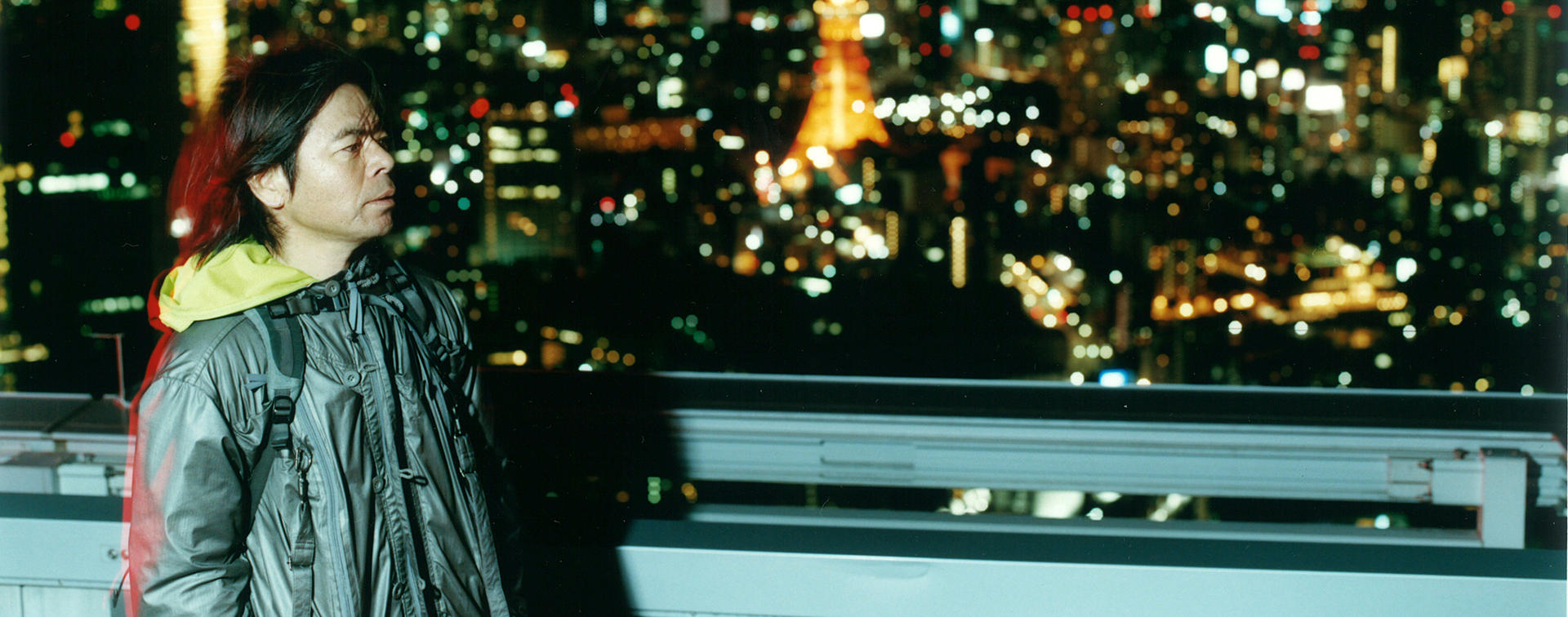
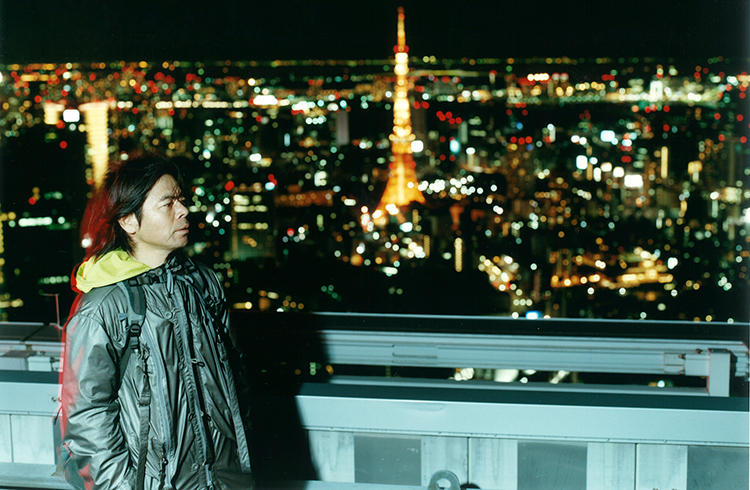
How would you turn Roppongi into an area of Design & Art?
Hold a festival with the local people, making the most of the Roopngi night
- JP / EN
"Roppongi Art Night" is an all-night art festival held in the Roppongi area on the weekend of March 23rd and 24th. The event is getting bigger in size each year, and Katsuhiko Hibino, who is currently its artistic director, has big hopes for its future. "Roppongi Art Night"is a one night event and yet it is much more than that. By holding this festival together with the local people, Hibino is hoping to change Roppongi into area of design and art.
The night defines Roppongi
The first time I heard that the name of the event is "Roppongi Art Night", I thought, that makes sense. I've been involved with regional art projects for about 10 years now.
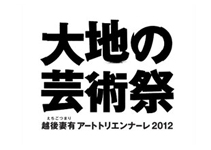
Echigo-Tsumari Art Triennale
The world's largest art festival held every three years in the Echigo-Tsumari region of Niigata Prefecture, encompassing Tokamachi City and Tsunan Town. The region retains the traditional "satoyama" culture where people live in harmony with nature.
The Echigo-Tsumari Art Triennale which started in Niigata in 2000 takes place not in the art museums but on the land, utilizing the things already in the region;the artists absorb the power of the land and express that in their works. The Setouchi Triennale which is held on the Setouchi islands such as Naoshima, also utilizes what is already in the locale - namely using the islands themselves in the Seto Inland Sea as the backdrop.
In the past, there were regions that were called "inaka" (countryside), but these days, the people there don't let you call these places "inaka": they feel that they are living in places that have their own advantages, and more people seem to be feeling the same way. Niigata has the rice terraces and the Setouchi has the islands, so what does Tokyo have? What defines Roppongi? Well, the night defines Roppongi. That's why I thought the name "Art Night" makesa lot of sense, and I thought to myself, hey, this sounds interesting.
Creating relationships with the local people
I didn't think of Tokyo as being a region before, but about five or six years ago, when the construction on the (Tokyo) Sky Tree began, there was a movement among artists and students to start activities in the downtown areas. It was around that time that people began talking about the different districts in Tokyo such as Sumida ward and Taito ward, instead of talking about Tokyo as a whole. It occurred to me then that Tokyo is also a region. So I thought of holding the "Asatte Asagao (day after tomorrow Morning Glory) project" in "3331 Arts Chiyoda"; it's a long ongoing project of mine, but until then I'd never implemented it in Tokyo. When the project actually got underway, I found that elderly men and women of the regions would willingly come to look after the Morning Glory flowers. And it came home to me that Tokyo has residents too, and that naturally, there are different regions and communities within Tokyo.
In holding the Roppongi Art Night, I think it's important to keep in mind that the Roppongi's appeal is in its night. Another thing I'm focusing on is creating relationships with the local people. I really want to work together with the people of the Roppongi area in holding this event. I've been talking to people of the Roppongi shopping districts, telling them that while the Art Night is for only one night, the process of getting together and preparing for the event is itself an art.
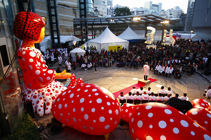
Roppongi Art Night
An art event held in unison at Roppongi's art museums and shopping facilities that helps to bond the local community. Hibino was among the artists who participated in the first Roppongi Art Night held in 2009. Information on Roppongi Art Night 2013 can be found here.
Roppongi Art Night - a spring festival and a yearlong event
The Roppongi Art Night is an event that takes place by working in unison with the residents; I want it to be a "matsuri" festival that is such fun that when it ends, people are already looking forward to holding next year's festival. Festivals are about people preparing for the big day, and when it is over, preparations immediately begin for the following year's event. An event the residents are engaged in for the whole year - that's what I want Roppongi Art Night to become.
I think that making it a year-long event would also be meaningful for the artists. The Roppongi Art Night will mark its fourth year this year; if we continue the event, the number of artists who have participated will continue to accumulate. I want this to be a regular event so that these artists will always remember that it is on the weekend of March and know that if they come here, they will be able to meet their buddies.
In the summer, musicians hold festivals. All kinds of artists get on stage and they are glad to meet each other and they talk of coming together again next year. The summer festival is something they look forward to. I envy them, to be honest. (laughs) Art needs a festival too - a festival not just for exhibiting works but for people to come together of their own accord. It should be a place where bonds are formed. That's what Roppongi Art Night is about.

Getting acquainted with the Roppongi residents
In creating relationships with the people of the Roppongi area, we are placing importance on going out and saying hello. That's something that counts a lot. (laughs) We try to meet people as much as possible. It's a simple thing, but it matters wherever you are. So in inviting artists to participate in the Roppongi Art Night, I'm approaching artists who can talk with the people of the region. It's not enough that your art work is good. An artist has to be able to communicate properly.
The Suisan-Keizai Daily News in Roppongi, which still uses the rotary printing press to make its newspaper is very supportive of the upcoming Art Night and has offered us the use of the their compounds. So we need artists who can communicate with such people and introduce themselves. If they can become acquainted, the locales might feel more close to the Roppongi Art Night and even offer us an idea of his own for next year's event.
The young owner of the dry cleaning shop is enthusiastic about Roppongi Art Night and will be letting us use the shop during the event as one of the venues. We are thinking of involving the shrine. I think it's important to meet the longtime residents of Roppongi and the people doing business here in this way, one by one, and to gradually increase the number of supporters for Roppongi Art Night.
An art project that is not about things but about activities
There seems to be the general assumption that art is about things. People talk about a work by an artist called so-and-so which cost tens of thousands of yen. Projects such as Roppongi Art Night are not things but activities, and activities not easily recognized as being art. People think, why are workshops art? Why can the act of growing morning glories be called art? It's gardening, isn't it? The more you try to explain the reason, the weirder you appear to people. (laughs)
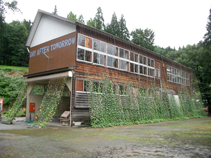
Asatte Asagao (day after tomorrow Morning Glory) project
A project for growing Morning Glory flowers with the aim of promoting communication between people and deepening ties within a region and between different regions. From Akita in the north to Okinawa in the south, the project has been implemented in 25 regions.
Art projects have a big role of expanding the potential of art, and I think that it will eventually become a big industry in itself. When you look at the automobile industry for example, there are hundreds of companies involved in making the tires, the engine and the body of a single car, meaning employment of millions of people. In art projects too, a lot of people are involved, and the relations between people lead to exchange of goods and employment.
About 35 years on from now
The exchange of money brought about by industry might be called "abundance", but the significance of art is that it enriches you even when it does not bring money. There is the abundance of connection - you are enriched by the relationships with people; you are happy that you participated, you feel glad that people came and took part, you are stimulated by the new encounters you made. I think that kind of abundance will be increasingly needed in the future.
To earn money and have inner richness - those two things are what people naturally want. From now on, it will become the norm for people to pursue those two things. It will be commonplace to meet a person who says, "I work in the IT field. I'm also a member of a neighborhood project." I think that around 35 years from now, we will have that kind of society. I wish to help create that kind of society and it's what I feel I need to do as an artist.
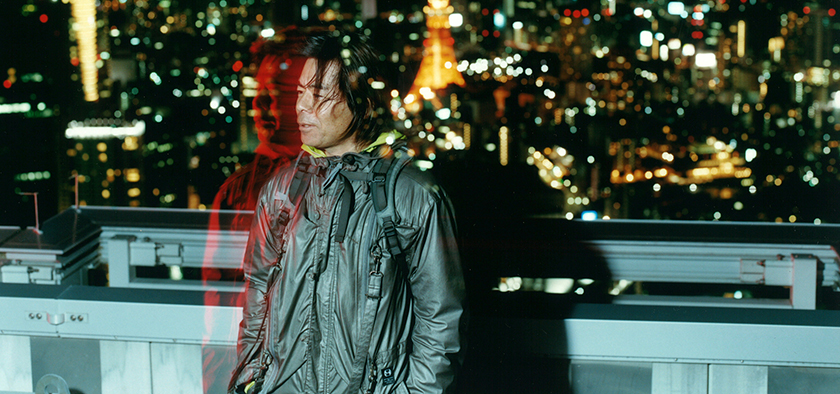
Establishing art as a genre
I've been talking to many people recently and we all agree that we should not let this art project be like a fad that fades out. We need to properly establish art as a genre, and to do that, we need assessment. That's why I'm currently teaming up with people who are studying sociology; we are doing a project to assess art projects.
We know a case where holding art projects resulted in a decline in the local government's medical expenses. So we're hoping to gather that kind of data as well - data showing how, for example, the number of hospital visits for psychological illnesses or lonely deaths dropped thanks to the growing communicationin the neighborhood. We might not be able to provide data that precisely show the relation of cause and effect: nonetheless some sociologists are starting to point to the changes taking place in regions which have been implementing art projects for 10 years or so. With that kind of data, we will be able to see the proper function of art in society and that will lead us on to the next step.
Expressing feelings in order to meet people
I work in the field of art, but I also love soccer. Perhaps you didn't know that. (laughs) In the beginning, I was just painting pictures as an artist. Then painting became a way to express my feelings in order to have encounters with people. I realized that if art is a means to an end, I did not need to stick to art if there were other suitable alternatives. So in order to have communication with people, I gradually went on to do other activities such as growing Morning Glory flowers and collaborating on making boats.
As for my future plans, I wish to do something involving soccer. (My interests are) paintings, morning glory flowers, boats and soccer. The painter and the soccer player are essentially doing the same thing: both are transferring image to action. When you paint, the paintbrush carries the image you have in your mind and the brushstrokes make the picture. With soccer, you project the image in your mind to the ball and create a path for the ball to reach the goal. In Europe, people think of soccer as culture, and the identities of towns are sometimes defined by soccer; soccer can be a way to express your feelings that allows you to meet people.
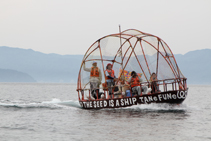
TANeFUNe "The Seeds Trip" project
A project that started in 2003. Held in many regions across Japan in a similar way to the Morning Glory project, the residents and the local governments collaborate on making boats. The art project aims to activate the regions and promote art and culture.
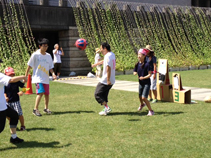
Hibino and soccer
Hibino is an avid soccer fan and has held many soccer-related events. He says he think of both soccer and art as forms of physical art. He became a member of the board of directors of the Japan Football Association in 2010.
Future plans to link soccer and art
For me personally, soccer and art are linked together, but society as a whole doesn't yet share my view. So I'm thinking of doing my part in linking soccer and art in a way that is not too contrived. I hope that in about 30 years' time, people will look at soccer and art as being essentially the same.
I'm currently on the board of the Japan Football Association and I'm also a professor at Tokyo University of the Arts. I think it would be great if we could merge the football association and the university in the future. But when I talk about this idea, people look at me as if I'm a crazy scholar who is going to do some outrageous experiment, so I'm trying not to talk about it too much...
For the Roppongi Art Night this year, we're planning a soccer game. For soccer, you need a ball, a goal, and uniform. The plan is to have participants create these items and we will hold the succor game, "Hibino Cup", using these items! The plans are well underway.
Editor's thoughts
The snow had not melted on the January night when the photo shoot was held on the rooftop of Tokyo Midtown. The air was clear and we were able to get a good view of the town which will be the venue for Roppongi Art Night. During the photo shoot, Hibino-san let out a large howling sound "Gaoo!" into the night sky and the sight was quite unforgettable. (edit_rhino)




